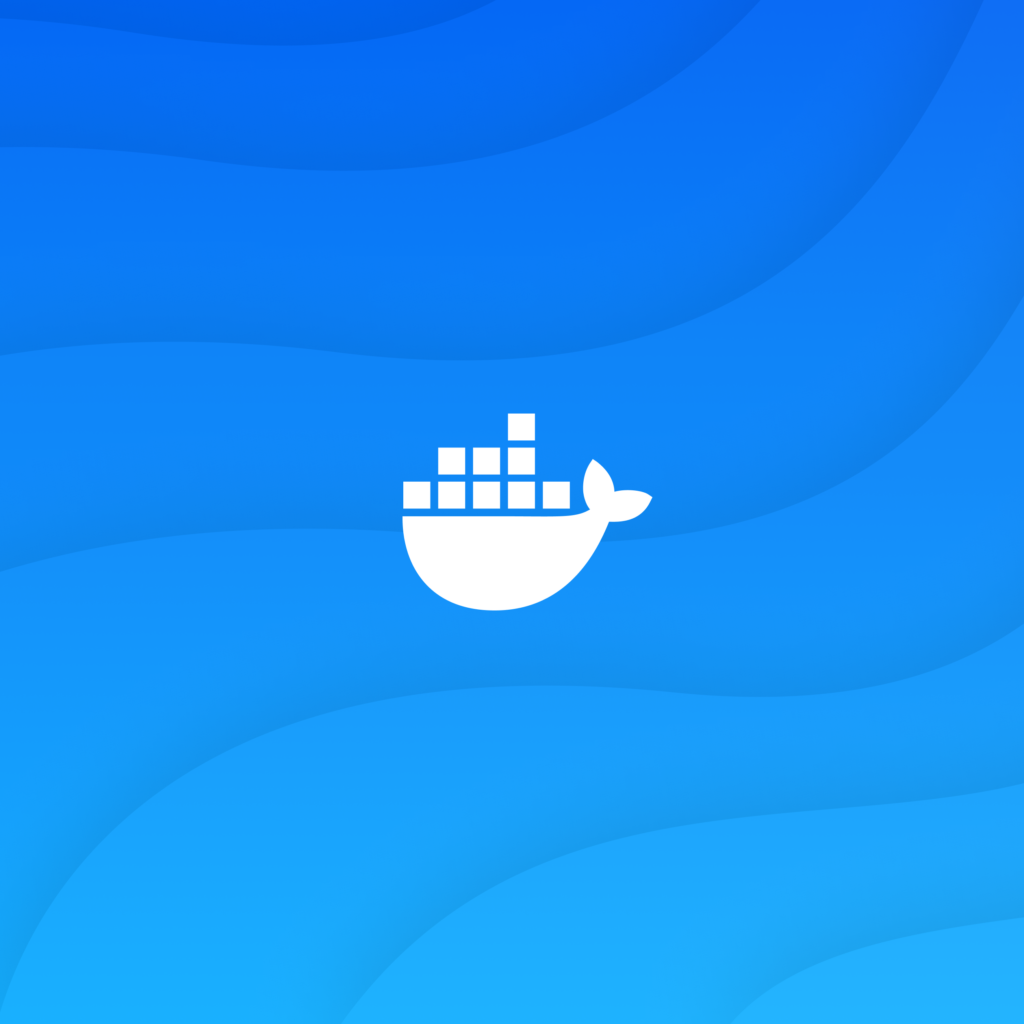In recent years, the challenge of securely managing access to organizational resources has become increasingly complex. Traditionally, the only method of granting access was through personal access tokens assigned to specific users. These users could be engineers, automated bots, or service accounts, and they often presented potential security risks to the organization.
However, there’s exciting news on this front. A significant advancement has been made with the introduction of organization access tokens. These tokens operate similarly to personal access tokens but are designed for use at the organizational level, bringing a host of improvements and additional features. This article aims to explore the reasons why this new feature is an exciting development for organizations.
### Understanding Organization Access Tokens
Organization access tokens are a new feature designed to streamline access management within organizations. Unlike personal access tokens, which are tied to individual users, these tokens can be managed at a higher organizational level, offering enhanced security and functionality. This innovation addresses several issues organizations face, especially in environments with numerous users and resources to manage.
#### Frictionless Management
One of the primary benefits of organization access tokens is the reduction of friction in managing organizational resources. The aim is to allow engineers and teams to focus on their projects rather than spending time managing access credentials. With organization access tokens, there is no need to manage groups or assign repositories as you would with individual user accounts. This streamlined approach simplifies the process, allowing organizations to manage access more efficiently.
For organizations using Single Sign-On (SSO), a common challenge is that machine or service accounts struggle to authenticate because they do not have the ability to log into the identity provider. Organization access tokens eliminate this problem by allowing machine accounts to access resources without needing to log in through the identity provider.
Moreover, if an employee leaves the organization, you maintain control over the tokens. This means you don’t have to worry about tracking down which tokens were linked to the departing user’s account, thus avoiding the complications that arise from such situations.
#### Fine-Grained Access Control
Another key advantage of organization access tokens is their ability to provide fine-grained access control. These tokens can be tailored to grant access to specific repositories with designated actions, ensuring full access management while adhering to the principle of “least privilege.” This principle involves granting the minimum level of access necessary for users to perform their tasks, thus enhancing security. Alternatively, organizations can choose to allow access to all resources, depending on their specific needs.
#### Token Expirations
An important security feature of organization access tokens is the ability to set expiration dates. This is particularly beneficial for organizations that have compliance requirements necessitating regular token rotation. By setting expirations, organizations can enhance their security posture and ensure that access credentials are regularly updated, reducing the risk of unauthorized access.
#### Enhanced Visibility
With organization access tokens, all management and registry actions are logged in the organization’s activity logs. This allows for greater transparency and the ability to monitor token usage effectively. Organizations can view each token’s usage in their activity reports, providing insights into how resources are being accessed and by whom. This level of visibility is crucial for maintaining security and ensuring compliance with organizational policies.
### Business Use Cases and Fair Use Policies
Organization access tokens are particularly valuable for teams and companies. Recognizing their potential for misuse, such as the excessive creation of tokens, there are limitations on the number of tokens that can be created based on the subscription type. For instance, Docker Team plans have a limit of 10 organization access tokens, while Docker Business plans allow for up to 100 tokens. This policy ensures fair use and prevents the proliferation of tokens, which can lead to security vulnerabilities.
### Trying Out Organization Access Tokens
If your organization is on a team or business subscription, you can explore the benefits of organization access tokens. Comprehensive documentation is available to guide you through the process of implementing and using these tokens effectively. By leveraging this feature, organizations can significantly enhance their access management capabilities.
### Conclusion
The introduction of organization access tokens marks a significant advancement in access management for organizations. By providing a more secure, efficient, and manageable way to control access to resources, these tokens address many of the challenges faced by organizations today. With features such as fine-grained access control, token expirations, and enhanced visibility, organizations can ensure that their resources are protected while minimizing the administrative burden on their teams.
For those interested in learning more about organization access tokens, resources are available to provide further insights into how this feature can be integrated into your organization’s security strategy. By adopting organization access tokens, organizations can achieve a higher level of security and efficiency in managing access to their resources.
For more detailed information, you can visit the official documentation on organization access tokens at Docker’s website.
For more Information, Refer to this article.


































